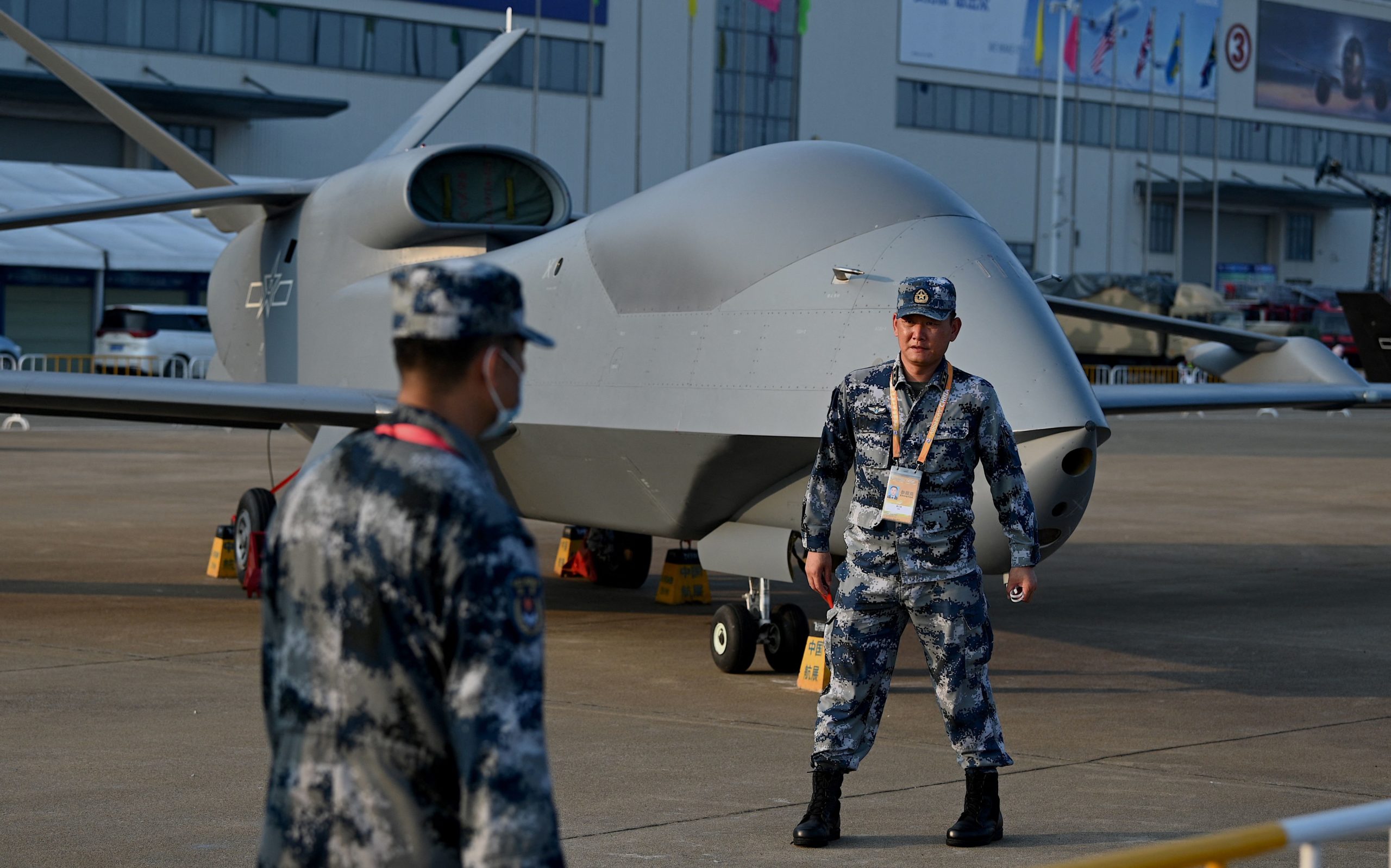The Department of Defense (DOD) released a plan Tuesday to increase collaboration with outside entities on defense-related technologies, defending its ability to manage the “tension” between increased openness and protecting national security secrets from China’s prying eyes.
The Pentagon’s 2023 Science and Technology Strategy, unveiled Tuesday, calls for expanded research and development programs with U.S. universities, nonprofits, companies and other government agencies as well as with international allies. At the same time, it acknowledges the increased danger that information could spill to hostile actors like China, which top U.S. intelligence officials and national security-focused lawmakers have called the greatest espionage and military threat facing the West.
“There can be a tension in sharing with partners,” Dr. Nina Kollars, advisor to the Under Secretary of Defense for Research & Engineering, said at a media roundtable to discuss the strategy ahead of its release. (RELATED: Chinese Spy Balloon Collected Intelligence On US Military Sites Despite Precautions: REPORT)
The Biden administration believes America’s strategic advantage over China lies in partnerships with allies, including NATO and the “Five Eyes” intelligence sharing alliance, according to the strategy.
“The necessity for technology protection should never be confused with turning away from the way data and science is developed in early basic research,” she added. “Innovation and technology protection go hand in hand.”
The Pentagon recognizes that involving more partners in working on defense-related projects could “increase the associated risk of unauthorized technology transfers.” It calls for steps to ensure that proper guardrails are enacted and partners have proven their ability to safeguard sensitive innovations.
While the strategy does not explain how the Pentagon intends to balance joint research and technology protection, Kollars said the department is working on a separate implementation plan that will be briefed to Congress.
“The DoD will look to expand on these bilateral and multilateral engagements to create new science and technology partnerships with countries that share our values, that innovate to create new technologies, and that are committed to protecting technologies from competitors who seek to erode our advantage,” the strategy reads.

A People’s Liberation Army (PLA) Air Force WZ-7 high-altitude reconnaissance drone is seen a day before the 13th China International Aviation and Aerospace Exhibition in Zhuhai in southern China’s Guangdong province on September 27, 2021. (Photo by NOEL CELIS/AFP via Getty Images)
The Pentagon has a “number” of ongoing initiatives aimed at getting new policy solutions for joint research and development while “minimizing accidental technology transfer,” Kollars said.
Beijing’s attempts to pilfer U.S. critical tech secrets are wide-ranging, targeting the aviation sector, U.S. military installations, and U.S. companies and national security laboratories. In October, the Justice Department indicted three Chinese intelligence officers for trying to recruit U.S. university professors and government officials who had access to sensitive information and equipment.
A March report from the Australian Strategic Policy Institute warned that Chinese nationals at research institutions abroad, especially in the U.S. and its top allies in intelligence, are returning home to contribute to China’s cutting-edge research.
Two successive presidential administrations have promoted new crackdowns on Chinese investment in the U.S. and limited exports of American technology to China.
All content created by the Daily Caller News Foundation, an independent and nonpartisan newswire service, is available without charge to any legitimate news publisher that can provide a large audience. All republished articles must include our logo, our reporter’s byline and their DCNF affiliation. For any questions about our guidelines or partnering with us, please contact licensing@dailycallernewsfoundation.org.


